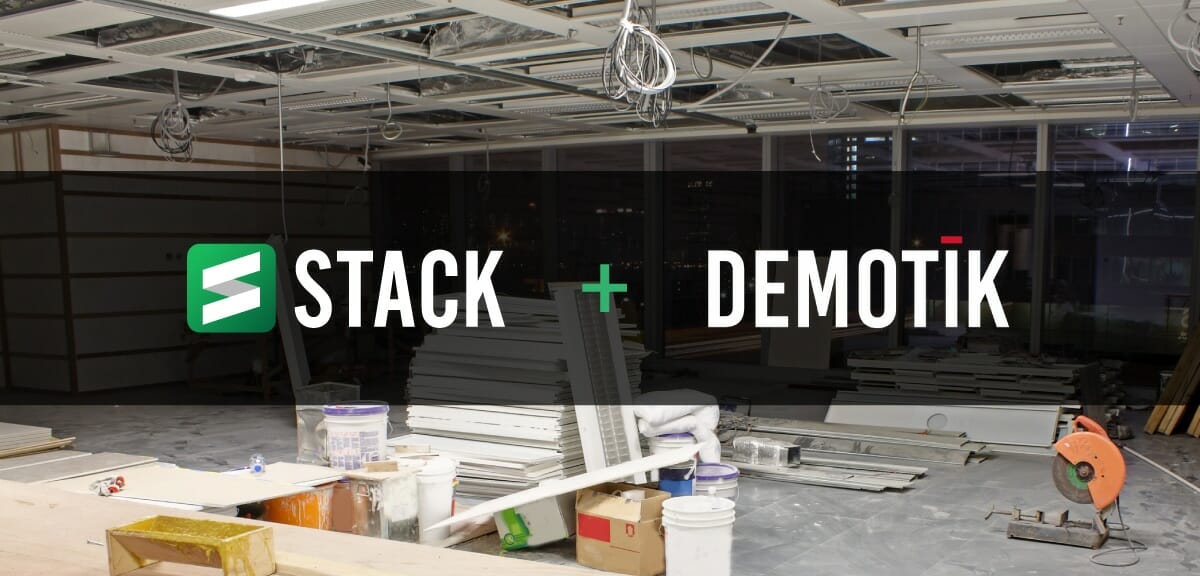
The construction industry is notoriously slow to adopt technology, and when preconstruction professionals do use software, it often becomes ingrained in workplace processes. But just because your company has done things one way for years, that’s no reason not to consider newer, better ways of operating. Conducting a process audit is a great way to determine what’s working and what isn’t for your team.
Why Audit Your Precon Process?
The world is constantly changing, and so is the industry, the available technology, and your workforce. The systems that worked for you in years past might not be serving your current and future needs. If your team can function more efficiently and drive more profits, you owe it to them and to your company to discover new workflows.
Which Construction Processes Should Be Audited, and When?
Any part of the process should be open to examination and improvement. Think about:
– Searching for potential projects
– File systems and document organization
– Maintenance of items and assemblies
– Performing takeoffs on plans
– Creating estimates
– Generating proposals
– Tracking team assignments
– Analyzing estimator performance
When planning an audit, consider seasonality. A good time to conduct a thorough audit is just as the busy season is winding down for your business. This gives you space to think critically while you’re not as stressed with the demands of projects, and also allows you time to implement a new plan before the next bid season ramps up.
Of course, auditing your entire process can take a significant amount of time, so it’s a good idea to set a cadence for doing so. You don’t need to expect to do each step annually. Consider a bi-annual sequence for more human resource–related processes, and line up other workflows with any software renewals so you’re prepared to reevaluate and onboard a new tool before an existing one expires.
How to Conduct a Preconstruction Audit
The idea of an audit sounds daunting and negative, but it’s really just the process of cataloging your workflows and taking a close look at them. Here are 5 steps you can follow to make your audit go as smoothly as possible.
1. Involve your whole team.
Make sure everyone is informed of what’s going on and has a chance to provide input. Teams can get nervous when leadership evaluates how they spend their time and how they do their jobs. Reassure your people that you’re all in this together and get their feedback. Be positive about their performance and ask for their ideas on how to optimize things to be even better. Truly listen to what they tell you, since they are the ones in the trenches doing the day-to-day work.
2. Document everything.
Create a detailed map of the project journey through the lens of your preconstruction team. From project discovery to winning the bid, exactly what happens, and who is involved? Consider:
– How does your team identify potential projects? What criteria make a project worth bidding on? Whose decision is it to bid a job?
– Where are project documents stored? Who has access, and how is version control addressed?
– Who performs the takeoff, and how long does it take? Where do estimators get tripped up in the takeoff process? Are you able to determine how accurate your company’s takeoffs are?
– Do you have a database of items and assemblies your estimators use for takeoffs? Where is the database kept, and how is it maintained? Who has access to make changes, additions, or deletions?
– How is takeoff data converted to an estimate? How does your team predict material costs in estimates? What other costs do you account for in estimates (i.e., labor, permits, equipment rental), and how does the team calculate and track those costs?
– From takeoff to estimate to proposal, are there manual data entry steps that could potentially be eliminated with technology? Is there a particular part of this sequence where you notice more errors than you’re comfortable with?
– Is your team consistently meeting deadlines? On projects where deadlines were missed, what is the root of the problem?
3. Identify your successes and roadblocks.
Take the time to name the places in your workflow where your team is strong. Maybe someone on your team is an expert at using construction publications to identify future projects and develop relationships with clients. Or you have a strong handle on your labor rates and have those estimates down to a science.
But also, closely examine the places where things are not going so well. Are you over- or underbidding consistently? If you’re missing bid deadlines, what’s the holdup on those projects? Now it’s time to think about what kinds of changes you can make to fix these hiccups in your process. Often, there’s an app for that.
4. Browse contech options.
A quick Google search for any part of the preconstruction process plus the word “software” will give you plenty of results to explore. You might consider:
– Takeoff and estimating software
– A new CRM for project analysis
Look through product descriptions and reviews, and if the tool seems promising, it’s worth a quick introductory call with a representative to see if it might be right for your team. Many software platforms also offer a free version or trial so you can do a test run before adoption.
When you find new tools you’re excited about, keep in mind that your team will be the ones using them from day to day, so you’ll need their buy-in, and it might not be wise to implement multiple new platforms at once.
5. Present and champion your findings.
When you’re ready to pull the trigger on new tech, show your team plenty of enthusiasm. You’ll want to be clear as far as timelines and expectations, but also optimistic about how much the new tool will improve their lives at work. People are often reluctant to change, even if that change is positive. Provide rewards and incentives at different stages of adoption, and be sure to celebrate wins publicly with your team.
How a Precon Audit Could Change Your Business
If an audit brings clarity to areas in your company where your team is struggling, switching to the right preconstruction technology has the potential to drastically improve performance. In a survey of nearly 300 preconstruction professionals* who had switched to the right tool for them (in this case, it happened to be STACK), we found that:
– 90% had seen measurable impacts to their organization
– 88% saved time searching for documents
– 98% saved time performing takeoffs
– 93% performed more accurate takeoffs
– 79% saw improvements to their win rate
Once you make the effort to identify the flaws in your process and take the steps to rectify them, your business operations – and profits – can see serious improvements.
It’s time to make a plan for your preconstruction audit. Use these resources to decide when it’s time for new tech.
*STACKcess Survey, 6/21








